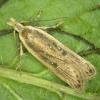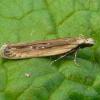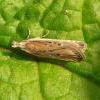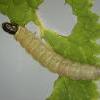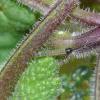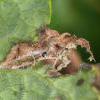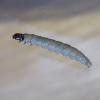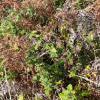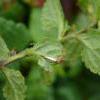35.016 Nothris congressariella (Bruand, 1858)
Status and Distribution
Very local though occasionally locally common, in south-west England (including Lundy Island), Isles of Scilly and the Channel Islands. A single moth was attracted to MV light in Dorset in September 2004.
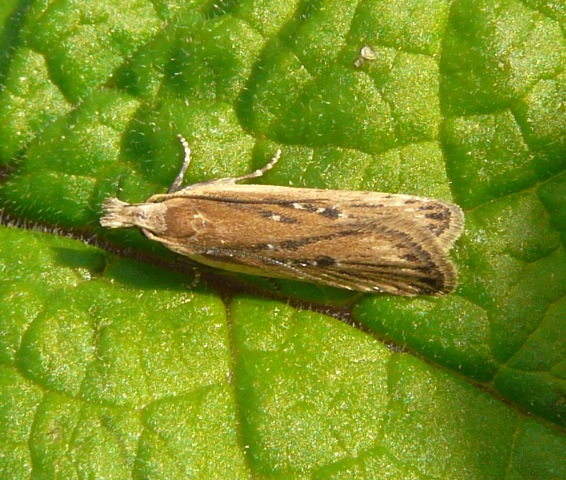
Provisional map
Foodplant and Larval Feeding Signs
Scrophularia scorodonia (Balm-leaved Figwort), see plant distribution map. The foodplant is believed to be expanding its range and the moth may be able to take advantage of this (see record of the moth in Dorset). A single, small larva, almost certainly of this sp., but not bred, was found on Lundy Island during 2023 feeding within a spun leaf of Scrophularia nodosa (Common Figwort).
Has two broods, feeding from October to early June and July to September, initially between spun leaves and, as the larva grows, below a folded leaf.
Habitat
Waste ground, sandhills, hedge banks and low cliffs.
Finding the Moth
Larva: feeds within spun leaves and, later in its development, underneath folded leaves. It would be well worth searching for larvae where the plant occurs in coastal areas of south Devon and south Wales.
Adult: comes readily to light.
Similar Species
There are no similar species in the British Isles.
Double brooded from late May to early July and September to mid-October.

